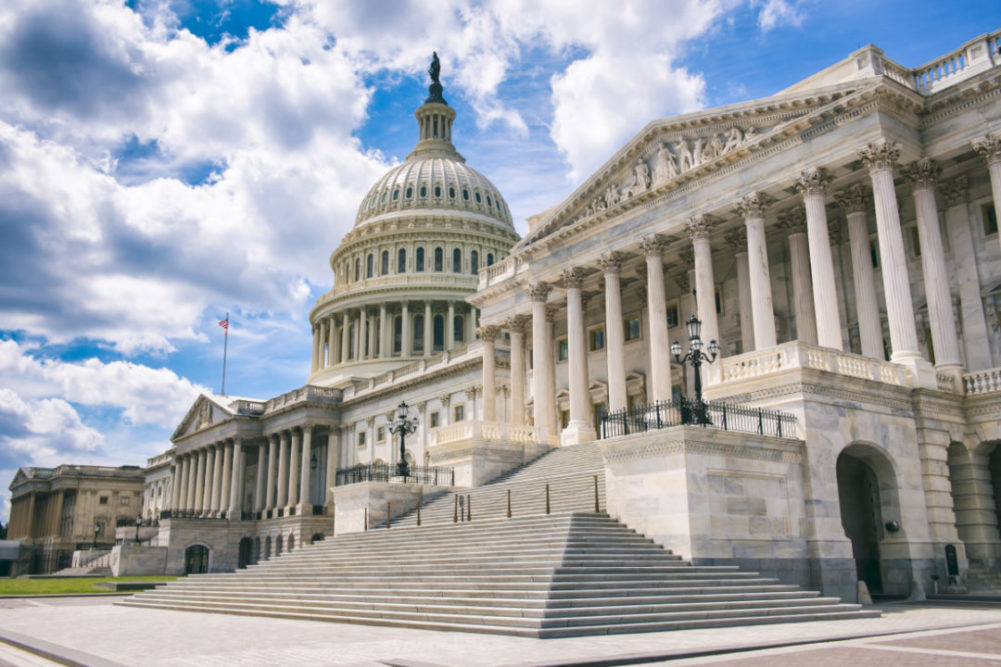WASHINGTON, DC, US — The US House approved on Nov. 30 an emergency resolution to implement an agreement between rail companies and labor unions, aiming at preventing a strike that would negatively impact US supply chains.
The resolution will now go to the US Senate for consideration. It will need 60 votes to pass before it goes to President Biden for his signature.
In a separate vote, the House added seven days of paid sick leave to the agreement.
If the agreement isn’t enforced by the House by Dec. 9, the nation’s rail system will be disrupted.
The September agreement was brokered by the Biden administration with the rail labor unions and the operators. Eight of the 12 unions had ratified the agreement.
The unions voting down the agreement took issue with the level of the pay increase given current inflation levels as well as a failure to address demands to make work schedules more flexible.
US agriculture groups had urged Congress to take action to avoid a service disruption that they say would cripple the industry.
“The US railway system is vital to movement of grains and co-products to export markets, and the US Grains Council believes the federal government, the railroads and the private sector should work together to assure no shutdown occurs,” said Ryan LeGrand, president and chief executive officer of the US Grains Council. “Ratifying the tentative agreements already in place is a step in the right direction to coming to a solution agreeable to all parties.”
Tom Haag, president of the National Corn Growers Association, said rail is crucially important to America’s corn growers.
“We are pleased to see that Congress is taking the necessary action to ensure that rail service continues to operate,” he said.
Jane DeMarchi, president of the North American Millers’ Association, also praised the Biden administration and House representatives for taking action to avoid a strike.
“The milling supply chain relies on rail,” she said. “Even a short-term strike would have an enormous negative impact, leading to supply shortages and higher prices on household staples for consumers.”





